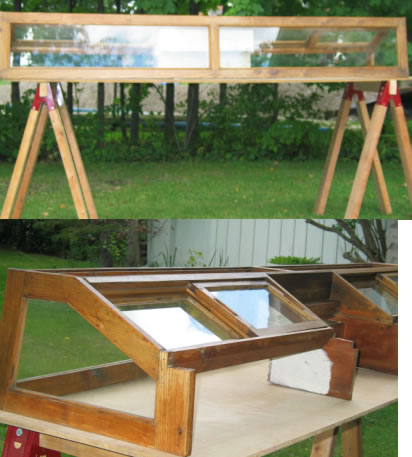Other Refrigerating and Air conditioning Components and Parts – Commercial
Meat sales counter for mechanical refrigeration, display section, in 1/4 inch plate glass and solid oak cabinet with clear, light golden varnished finish, 1930.
Features:
Sliding oak framed, 1/4 “, plate glass access doors, fitted to oil impregnated, oak runners, with top plate glass lights, plate glass end panels and sloping front, with top plate glass customer viewing window.
Technical Significance:
This classic, refrigerated, commercial meat display case from the early years of the 20th century reflects well the state of refrigeration, application engineering of the period. Here refrigeration equipment manufacturers are seen reaching out for new innovated applications for their technology, making the technology a part of indispensable, everyday experience in the life of the nation. Here, too, we see the evolution of the new food industry and culture, mechanically refrigerated foods from producer, to neighbourhood merchant to the household refrigerator. The new industry would provide new foods never experienced before by the consumer, as well as traditional ones but fresher safer and longer lasting. The embryoniuc years of the modern food retailer are to be found in this early, refrigerated, meat display fixture
The design idiom, construction techniques, available for cabinet technology, as well as materials of social preference are also well illustrated here, plate glass and solid oak in natural finish. What is illustrated is an early offering of the refrigeration industry. A product of the “wooden ice box culture”, this idiom was about to change dramatically, however, as customer preference moved to a more modern look for a new time.
Henceforth, refrigeration fixtures would appear with cabinetry executed in gleaming white porcelain steel panels, brake formed using the increasingly sophisticated manufacturing techniques and machinery, much of it developed in Ontario for Ontarians, by a new innovated generation of designers, engineers and production line craftsman. 1) The refrigeration fixture catalogues of the period tell many interesting stories of social and cultural change, as well as the massive technological and social values driven changes, driving a new Ontario economy.
Industrial Significance:
A classic example of a “transitional” or “sandwich” technology, one caught on the fly. Here the snapshot is between two cooling technologies, cooling with ice and mechanical refrigeration – often a little of both in the early yearsSocio-economic Significance


